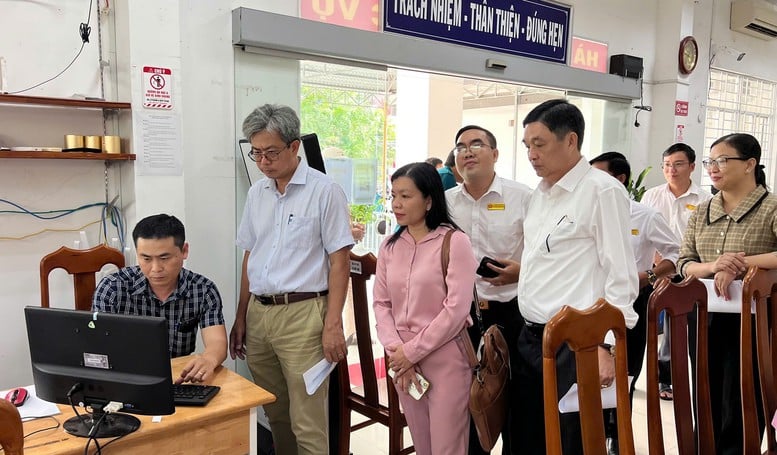
The inspection team for administrative reform work in 2025 of An Giang province, led by Deputy Director of the Department of Science and Technology Nguyen Thanh Hai, surveyed and worked in Binh Duc ward - Photo: VGP/LS
System integration, data transparency, serving people
The October and 10-month work report of the An Giang Provincial People's Committee emphasized that administrative reform associated with modernization is a continuous task and a "lever" for growth. The entire province strictly implements the Prime Minister 's Official Dispatch No. 101/CD-TTg dated June 29, 2025 on promoting the provision of online public services and smooth operation of shared digital systems.
Up to now, the provincial and communal public service systems, online payment systems and shared operational management systems of the province have all been operating smoothly, synchronously, and without interruption of information and data.
An important step forward is that 100% of agencies, units and localities have announced, publicized and updated the electronic identification codes of agencies and organizations on the National Public Service Portal and the National Document Interconnection Axis in accordance with regulations.
Along with that, An Giang province arranged infrastructure, inspected the entire system and equipment at the Public Administration Service Centers at all levels; built operating regulations associated with the responsibilities of officials and civil servants, ensured security, system safety and funding to upgrade information systems.
The infrastructure for administrative services has also been accelerated to completion. The online video conferencing system has connected the Provincial People's Committee Office to 102/102 new commune-level People's Committee bridges and the Provincial Party Committee Office to 102/102 commune-level Party Committees, ensuring that administrative orders are communicated directly and quickly, minimizing meeting costs.
In the technical "core layer", the province has issued 18,020 digital signatures for public service, including 17,262 personal signatures (16,276 Tokens, 986 PKI Sims) and 758 organizational signatures; at the same time, it regularly renews and restores the equipment, ensuring that digital signatures in document processing are not interrupted.
This is the foundation for An Giang to strongly shift from paper processing to electronic processing, increasing the speed of document circulation within state agencies.
More than 2,000 administrative procedures are made public, making them easy for people to look up and perform.
On the "facade" of serving citizens and businesses, An Giang focuses on publicizing and standardizing administrative procedures (AP) on the National Database on AP, considering this a common "electronic handbook" for people to look up.
The province has completed the publication of 2,168 administrative procedures of the province on the national administrative procedure database (including vertical sectors and administrative procedures implemented at 02 levels). Of which, the total number of administrative procedures under the authority of the provincial level is 1,855, and the commune level is 416.
On the Provincial Administrative Procedures Information System, there are currently 2,183 public services provided. Of which, 1,137 are partially online and 890 are fully online; the rate of handling records before and on time is 95.30%.
This figure shows the great efforts of professional agencies in complying with procedures, shortening processing time, and reducing costs for people.
Notably, An Giang has integrated 92.85% of the province's partial and full online public services (2,027 services) onto the National Public Service Portal; services under Decision 242/QD-UBND and Decision 238/QD-UBND have both reached 100%.
This helps people anywhere with just one account on the National Public Service Portal to access, submit documents, and monitor the progress of administrative procedure processing of the province.

The working delegation of the Provincial People's Committee, led by the leader of the Department of Science and Technology, inspected administrative reform work in Long Xuyen ward - Photo: VGP/LS
Promote digitalization, increase the rate of online processing records
To make administrative procedures truly "online", An Giang is simultaneously promoting the digitization of records, using electronic results and reusing data.
According to data recorded on the National Public Service Portal as of October 19, 2025, the rate of digitization of records and results of administrative procedure settlement of the province reached 78.25%; the rate of records with electronic results reached 79.93%; the rate of exploitation and reuse of digitized information and data reached 37.59%, corresponding to 143,171 records with reused data.
These numbers reflect that each digitized file is not just "scanned into the system", but is also reused for subsequent transactions, reducing the need to declare and resubmit documents already in the database.
During the month, the province received and returned results of administrative procedure settlement for 124,385 records; of which, online records accounted for 94,267 records, equivalent to 75.77%, an increase of 2.57% compared to the previous month.
This is a clear shift of people and businesses from direct to online transactions, especially when payment, authentication and file tracking systems have been operating stably.
Regarding processing progress, of the 99,909 resolved records, 97,225 records were processed before and on time, accounting for 97.314%, an increase of 3.05% compared to the previous period; the number of overdue records was 2,684. Currently, 22,725 records are being processed, of which 18,887 records are within the deadline, 3,838 records are overdue (accounting for 20.32%); at the same time, 1,331 records have stopped processing or been canceled.
These figures show the efforts of the administrative system in ensuring progress, and also point out the "hot spot" that must be handled: the group of overdue files - which is directly linked to people's perception of the quality of administrative reform.
Listening to people through the 'reception channel' to receive feedback and recommendations
Administrative reform is not only about "doing things faster and more concisely" but also about listening to and promptly resolving concerns and frustrations of people and businesses.
In the work of receiving citizens, the Provincial Citizen Reception Committee, departments, branches and People's Committees of communes, wards and special zones regularly received 1,127 people, 10 large groups with 140 people. The Chairman of the Provincial People's Committee, Directors of departments, branches, and Chairmen of People's Committees at the commune level organized regular citizen receptions in accordance with regulations, receiving 95 times with 161 people.
Regarding the handling of petitions, the whole province has received and processed 845 petitions; of which 19 complaints and denunciations are under its jurisdiction (16 complaints, 03 denunciations).
The number of complaints and denunciations under the authority to be resolved in the month is 187 (181 complaints, 06 denunciations). Up to now, the agencies have resolved 38/187 complaints (37 complaints, 01 denunciation), and are continuing to resolve 149 complaints.
Regarding petitions and feedbacks – a channel to express people's opinions and suggestions on state management activities – the total number of petitions to be resolved is 418, of which 152 petitions have been resolved, reaching 36.36%.
In parallel, the work of preventing and combating corruption and negativity is deployed by the Provincial Party Committee to monitor and periodically report to the Provincial and Central Steering Committees for preventing and combating corruption and negativity; promptly disseminate the General Secretary 's Conclusion on this work at the October 2025 meetings.
The above figures show that the government apparatus has been operating two-way interaction channels – from direct citizen reception, handling petitions to "filtering" feedback and suggestions – as an important measure of administrative reform. However, the rate of handling suggestions and feedback and a number of outstanding complaints and denunciations is also a warning for the authorities to speed up in the coming time.
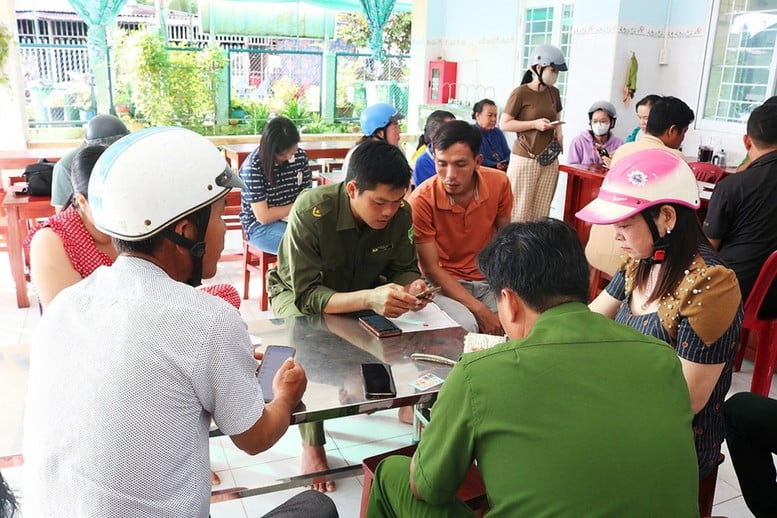
Can Dang Commune Police launched a campaign to guide the registration of ID cards for children under 6 years old - Photo: VGP/LS
Advantages, challenges and key tasks
In the general assessment of the first 10 months of 2025, the People's Committee of An Giang province assessed that the timely issuance of directive and management documents has helped to concretize the Resolution of the Government, Provincial Party Committee, People's Council, clearly assigning tasks to each agency, unit, and locality. Thanks to that, many key socio-economic indicators achieved positive results: total rice output increased by 1.1%; total output of exploitation and aquaculture increased by 6.64%; industrial production index increased by 14.04%; total number of tourists increased by 21.7%; total tourism revenue increased by 78.2%; export turnover increased by 10.65%; import turnover increased by 5.22%; total retail sales of goods and service revenue increased by 19.12%; the number of newly registered enterprises increased by 47% over the same period.
Social security, employment, improving people's lives; administrative reform, anti-corruption, digital transformation, inspection, citizen reception, complaint and denunciation settlement, foreign affairs... are all promoted, contributing to maintaining national defense, security and social order and safety.
However, An Giang also frankly pointed out many difficulties: African swine fever has been controlled but still has the potential to spread; rabies in dogs is complicated; the number of dissolved enterprises increased by 43.12% compared to the same period. Urban planning and development after the reorganization is still confusing because we have to wait for instructions to review and evaluate urban quality.
In the field of public investment, which has a direct impact on infrastructure serving administrative reform and digital transformation, site clearance work, although focused on, is still difficult; the arrangement of local government organization at 2 levels causes some communes to lack specialized staff in public investment, site clearance, and project management, causing the disbursement rate of public investment capital to only reach 49.7% of the plan assigned by the Prime Minister, of which development investment capital to implement national target programs only reaches 25.4%, lower than the national average.
The rate of people participating in health insurance in some new rural and advanced new rural communes tends to decrease; there are still problems in the regulations on registration for initial medical examination and treatment at specialized levels.
Commune-level People's Committees still lack qualified human resources in information technology and information security to carry out digital transformation tasks; the rate of handling complaints and denunciations in some localities is still low; some units have not strictly implemented the information and reporting regime on citizen reception and complaint and denunciation settlement.
To overcome the limitations, in the last two months of 2025 and into 2026, the province has set a series of key tasks. An Giang focuses on implementing Action Program No. 06-CT/TU dated August 22, 2025 of the Provincial Party Committee to implement Conclusion No. 123-KL/TW of the Central Committee; Resolutions No. 154/NQ-CP, 226/NQ-CP of the Government and Resolution No. 24/NQ-HDND of the Provincial People's Council on the target of GRDP growth of 8% or more.
The province will continue to effectively implement the Politburo's Resolutions on breakthroughs in science and technology development, innovation and digital transformation; international integration; innovation in law-making and enforcement; private economic development; ensuring energy, education and health security.
Along with that, priority is given to promoting new growth drivers such as digital transformation, digital economy, green economy, circular economy, knowledge economy, creative economy, sharing economy; developing large-scale commodity agriculture, applying high technology; and continuing to resolutely implement solutions to combat IUU fishing.
In that general picture, administrative reform and digital transformation are considered the "backbone" for all policies and guidelines to reach people and businesses faster and more accurately. From the achieved results, along with clarifying the "bottlenecks" in institutions, human resources, and infrastructure, An Giang is showing its determination to promote reform, towards a modern, professional administration that is truly for the people and for businesses.
Le Son - Thanh Binh
Source: https://baochinhphu.vn/an-giang-tang-toc-cai-cach-hanh-chinh-tren-nen-tang-so-102251123070329884.htm





![[Photo] Prime Minister concludes trip to attend G20 Summit in South Africa](/_next/image?url=https%3A%2F%2Fvphoto.vietnam.vn%2Fthumb%2F1200x675%2Fvietnam%2Fresource%2FIMAGE%2F2025%2F11%2F24%2F1763944494358_vna-potal-thu-tuong-ket-thuc-chuyen-tham-du-hoi-nghi-thuong-dinh-g20-tai-nam-phi-8428321-4810-jpg.webp&w=3840&q=75)




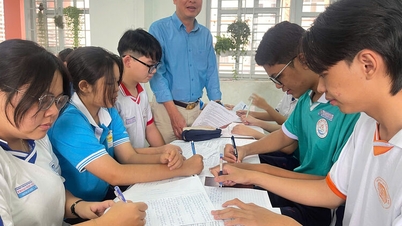













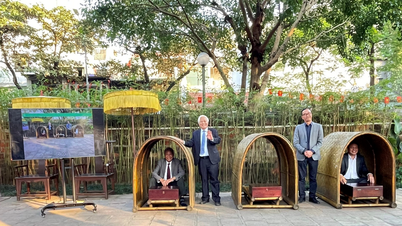






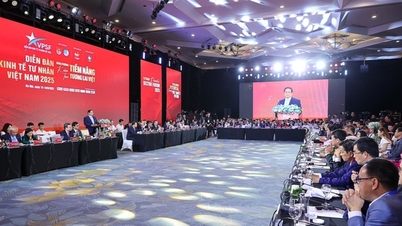



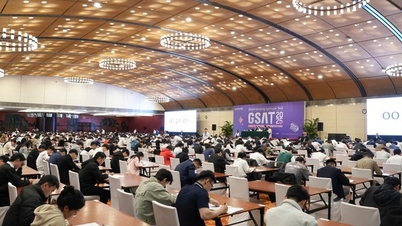













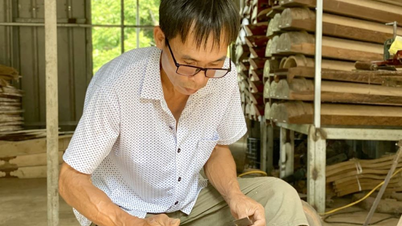












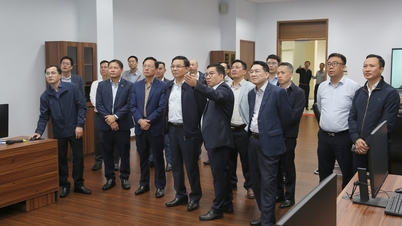





















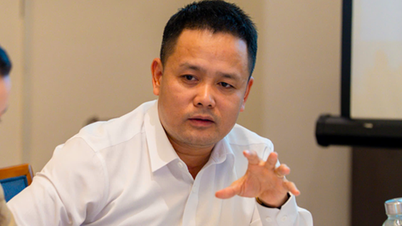









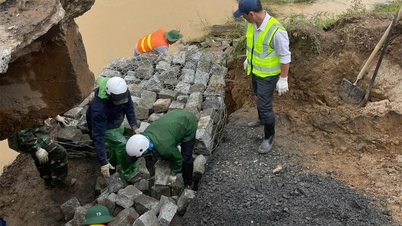
















Comment (0)